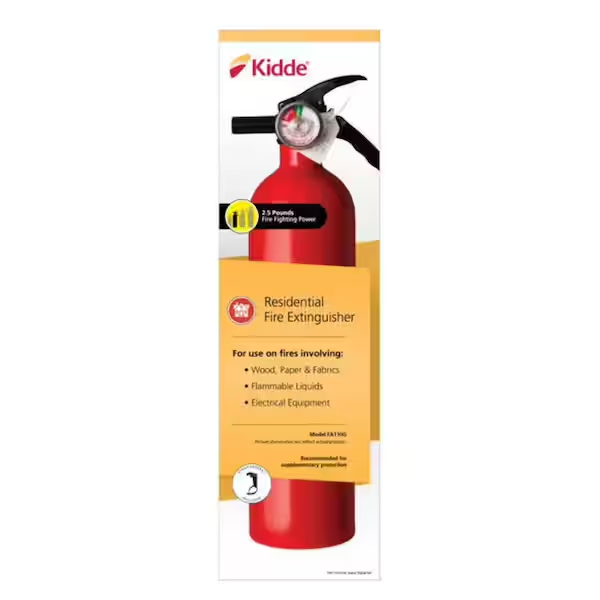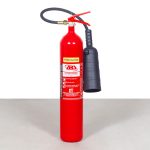Introduction to NFPA Fire Extinguisher Standards
The NFPA, or National Fire Protection Association, sets the benchmark for fire safety. It issues various guidelines, including nfpa fire extinguisher requirements. These requirements ensure safety in homes, workplaces, and public areas. They provide clear instructions on types, placement, and maintenance of fire extinguishers.
NFPA standards are crucial for fire prevention and control. They update regularly to reflect new insights and technologies. This helps in maintaining high safety standards. Adhering to NFPA guidelines protects people and property from fire hazards. It reduces risks and promotes quick response in emergencies.
The guidelines cover various aspects of fire extinguisher management. This includes choosing the right type for different fire classes. It also involves correct placement to ensure easy access during fires. Regular inspections and maintenance are another key point. These steps aim to keep fire extinguishers ready at all times.
To comply with nfpa fire extinguisher requirements, one must understand the specifics. These include knowing which extinguisher type suits a particular setting. It’s also important to know how many are necessary in a given area. Educating people on using fire extinguishers correctly is part of the standards.
Fire extinguishers can save lives and properties if used properly. They can control or extinguish fires before first responders arrive. For this to happen, users need to understand NFPA guidelines. Ignoring these standards can lead to disasters. Both safety and legal repercussions can follow if guidelines are not met.
In summary, the NFPA fire extinguisher standards serve as a key element in fire safety. They should be an integral part of any fire safety plan. Buildings, businesses, and homes need to adopt these standards. Doing so ensures a safer environment for everyone involved.
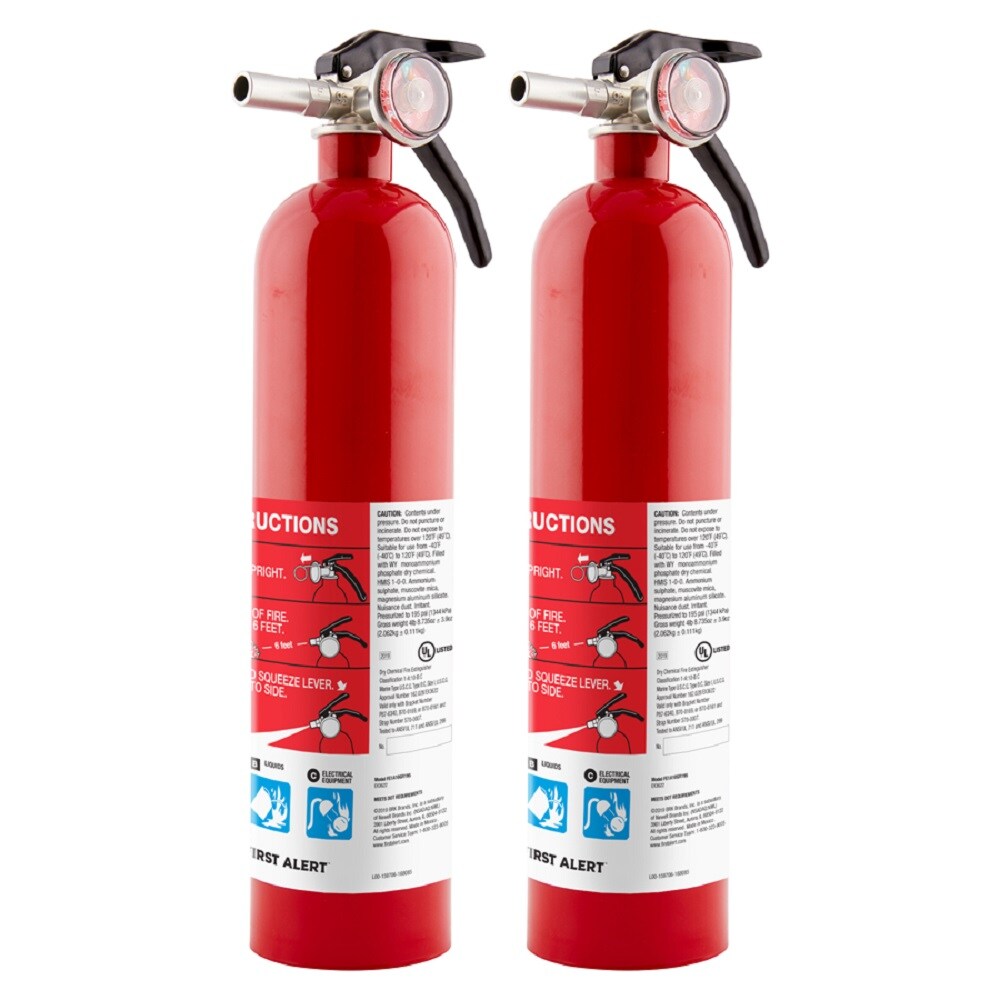
The Importance of Compliance with NFPA Codes
Compliance with NFPA codes is not just a recommendation; it’s a critical requirement. Adhering to these nfpa fire extinguisher requirements ensures a safe environment for all. Following NFPA standards minimizes fire risks significantly. It can be the difference between a minor incident and a major disaster. Compliance is essential for several reasons:
Legal Protection
Ignoring NFPA codes can lead to penalties and legal issues. It can result in fines, or worse, liability claims in case of fire incidents.
Safety Enhancement
NFPA codes promote the correct use of fire extinguishers. This increases the chances of controlling a fire early. It helps avoid injuries and saves lives.
Property Preservation
By stopping fires quickly, damage to property is lessened. NFPA guidelines help protect investments and prevent large-scale losses.
Insurance Requirements
Many insurance policies require compliance with fire safety codes. Following NFPA standards could be necessary for insurance claims.
Professional Reputation
For businesses, compliance with safety standards reflects responsibility. It boosts customer trust and maintains a company’s good standing.
Failure to comply can have dire consequences. It’s not enough to have fire extinguishers on the premises. They must meet the nfpa fire extinguisher requirements. That includes correct types, placement, and maintenance. The NFPA guidelines provide a framework for fire safety. It’s a set of rules that, when followed, can ensure peace of mind for both the public and private sectors. Compliance isn’t just about meeting a checklist. It’s about taking proactive steps towards making spaces resistant to the dangers of fire.
NFPA Standards for Fire Extinguisher Types and Placement
The NFPA has stringent guidelines for fire extinguisher types and their proper placement. Matching the extinguisher type with the fire risk is vital. Type A extinguishers suit ordinary combustibles like wood and paper. Type B works on flammable liquids, and Type C is for electrical fires. In commercial kitchens, Type K extinguishers are essential for grease fires.
The NFPA’s placement rules ensure quick and efficient use during emergencies. Extinguishers must be visible and easily accessible. They should be near room exits, to aid escape if a fire cannot be controlled. Walkways leading to extinguishers must be clear at all times.
Height is another key factor in the NFPA standards. They specify that extinguishers must hang no more than five feet above the ground. The pull pin should also not be higher than three and a half feet, aiding use by all people.
In large areas, the NFPA states that a person should not travel more than seventy-five feet to reach an extinguisher. This distance may be less for high-hazard areas. All in all, nfpa fire extinguisher requirements focus on ensuring safety. By following these guidelines, fires can be managed swiftly, reducing harm and damage.
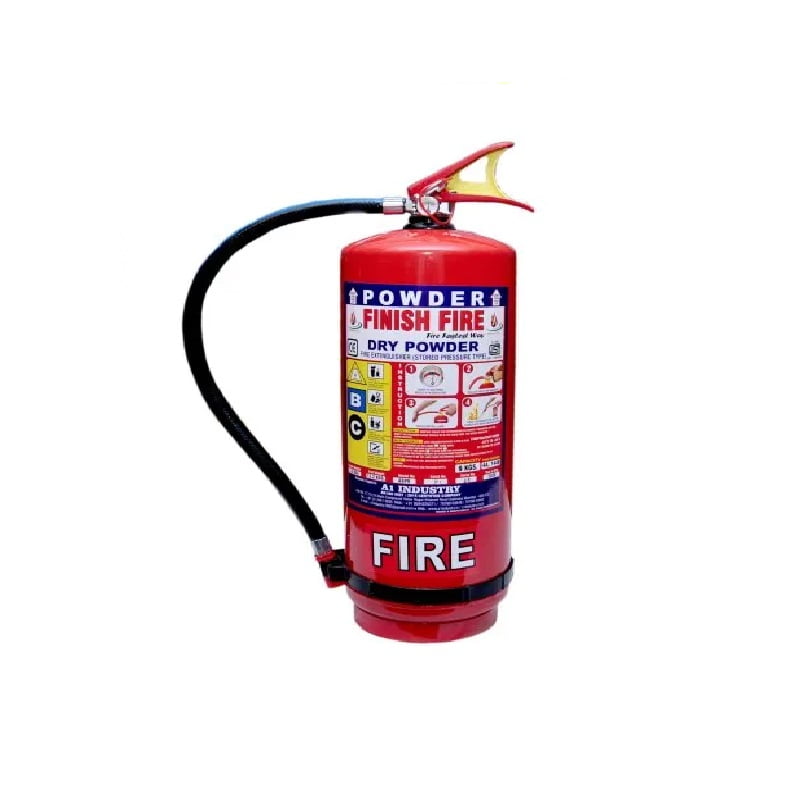
Inspection and Maintenance Requirements
To uphold nfpa fire extinguisher requirements, regular inspection and maintenance is key. Here are the essential practices mandated by the NFPA standards:
Monthly Visual Inspections
Check for signs of damage or tampering. Make sure extinguishers are in their designated places and that the instruction labels are legible.
Annual Maintenance Checks
A certified professional should perform a thorough check. They should ensure the extinguisher’s operability and correct any issues.
Internal Maintenance
Depending on the type, some extinguishers require internal examination. This should happen every 1 to 6 years. It involves checking the agent and the internal parts.
Hydrostatic Testing
This test is for the extinguisher’s pressure vessel. It helps to confirm its strength and lack of leaks. Different extinguishers have varied test intervals, from 5 to 12 years.
Record Keeping
Maintain logs of all inspections, tests, and maintenance. These records prove compliance and help track the extinguisher’s history.
Replace or Recharge
After each use or as indicated by an inspection, recharge or replace extinguishers.
Adherence to these inspection and maintenance protocols ensures extinguishers are ready at all times. All responsible parties should familiarize themselves with these nfpa fire extinguisher requirements. It is not only a matter of following the letter of the law but also a step towards ensuring maximum safety in case of a fire emergency.
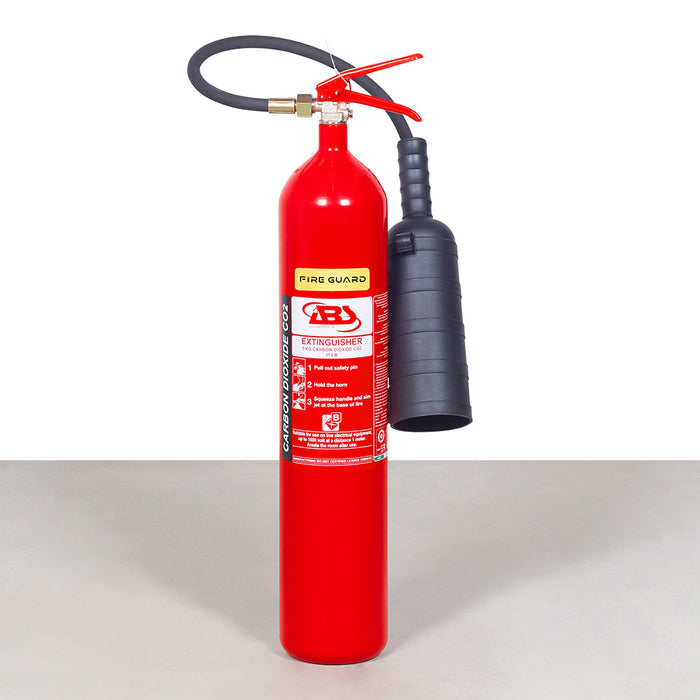
Training and Usage Guidelines According to NFPA
Proper training on fire extinguisher use is crucial. The NFPA sets clear guidelines for training to ensure individuals can act effectively during a fire. Here are the key guidelines:
Basic Training for All
The NFPA mandates basic fire extinguisher training for everyone in a building. This includes how to identify the correct extinguisher type and how to use it.
Hands-On Practice
Actual experience in using an extinguisher is important. Training should include a live demonstration or a simulation of proper usage.
Understanding of Fire Classes
Each fire is different, and extinguishers vary in capability. Training must cover the fire classes (A, B, C, D, and K) and the corresponding extinguisher for each class.
Regular Refreshers
Fire safety knowledge needs refreshing. The NFPA advises regular training sessions to keep everyone up-to-date on the latest nfpa fire extinguisher requirements.
Emergency Action Plans
Knowing how to use an extinguisher is part of a larger plan. The NFPA recommends training individuals on emergency action plans, which include evacuation routes and assembly points.
By following NFPA training guidelines, people become better prepared. They learn how to respond promptly and effectively to a fire, potentially saving lives and property. Regular training ensures the knowledge of nfpa fire extinguisher requirements is fresh and actionable when needed.
NFPA Recommendations for Fire Exterminisher Quantities per Area
The NFPA sets clear guidelines on the number of fire extinguishers needed per area. These recommendations are designed to improve safety and response times in case of a fire. Whether it’s a home, business, or public building, compliance with these rules is vital. Here’s a brief overview of key pointers for fire extinguisher quantities:
Size and Layout of Premises
Larger areas may need more extinguishers. The layout also affects the number needed.
Fire Risk Levels
High risk areas, like kitchens, may require additional extinguishers.
Type of Occupancy
Residential buildings have different needs compared to industrial or commercial spaces.
Local Regulations
Alongside NFPA standards, local fire codes might dictate additional requirements.
By considering these aspects, you can ensure there are enough fire extinguishers within reach. They should be strategically placed to cover all zones effectively. Remember, the goal is to control or extinguish fires quickly for everyone’s safety.
Updates and Changes in 2024 NFPA Guidelines
The 2024 NFPA fire extinguisher requirements bring several updates to enhance fire safety. The updated guidelines ensure that both newer insights and technologies integrate seamlessly with existing fire safety protocols. Familiarizing yourself with these changes is pivotal.
Here’s what’s new in the 2024 guidelines:
Enhanced Classification Coverage
The guidelines now include additional details on extinguishers suitable for newer types of fires, such as those originating from advanced electronics and batteries.
Digital Logging and Reporting
In a significant update, digital record-keeping for inspections and maintenance is now emphasized. This shift aims to streamline record accuracy and accessibility.
Green Extinguishing Agents
There is a push towards environmentally-friendly fire extinguishing agents. These agents are less harmful to the environment while equally effective in fire suppression.
Integration of Smart Technologies
Smart fire extinguishers equipped with sensors that provide real-time monitoring are now recommended. These technologies aid quicker response times and preventive maintenance notifications.
Revision of Travel Distance
The maximum travel distance to a fire extinguisher has been revised to ensure quicker accessibility in larger facilities.
Staying Updated with NFPA Requirements:
Implementing these changes will undoubtedly require adjustments, both in practice and in training. It is crucial to review these updates and assess how they impact your current fire safety strategies. Adapting to these changes will not only ensure compliance but significantly enhance safety in the face of fires.
Implementing NFIFA Guidelines in Your Fire Safety Plan
Successfully following NFPA fire extinguisher requirements demands careful planning. Here’s how to implement these guidelines effectively:
Assess Your Needs
Review your property or building’s layout. Determine the risks and identify where extinguishers should go.
Choose Correct Extinguishers
Match extinguishers to the specific fire risks present. Remember the classifications from A to K.
Place Extinguishers Strategically
Follow placement rules to ensure visibility and accessibility. Errors here can delay response during fires.
Schedule Regular Training
Organize training sessions for all building occupants. Use NFPA materials to guide these sessions.
Perform Frequent Inspections and Maintenance
Establish a routine for checking extinguishers. Also, plan the required maintenance as instructed by NFPA standards.
Update Extinguishers and Plans Regularly
Stay informed on newer NFPA updates. Adapt your fire safety strategies as needed.
Document Everything
Keep digital records of all safety activities. This includes training, inspections, and maintenance tasks.
By integrating these steps, you can create an effective fire safety plan that adheres to the latest NFPA fire extinguisher requirements standards. Protection and compliance will improve dramatically through these measures.

